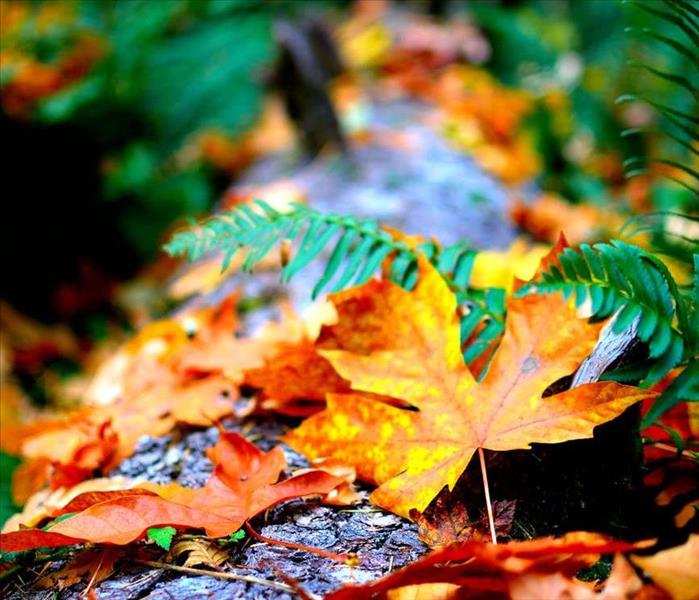What's Leaf Mold? Common Fall Allergen in Maryland
9/26/2019 (Permalink)
Now that summer has come to a close, we are in the first few days of fall. The temperatures were quite high (and are still), and we’ve experienced a normal amount of rain for a Maryland summer (9.19 inches in Baltimore, according to https://www.weather.gov/media/lwx/climate/bwiprecip.pdf).
As leaves are beginning to change color, we realize they’ll soon be falling from their trees. The hot, humid weather of summer enables mold growth on dying grass patches, and as soon as the leaves fall, the mold on the ground begins to quickly spread over them.
Do you have a mold allergy? If so, you may be wondering if leaf mold is a threat at all.
Indeed, leaf mold can certainly cause symptoms including itchy, watery eyes, nasal congestions, and runny noses.
Not only does the leaf mold lay under the foliage, but it also disperses through the air when leaves are raked or blown about by wind or leaf blower. When spores are stirred up, they’re basically being thrown up in the air to linger around.
However, leaf mold isn’t the fall season’s only allergen. Grasses and ragweed are also common sources of your sneezes.
If you suffer from mold allergy, you can look forward to colder temperatures within the next couple months. Once frost begins showing up on the ground, the mold begins to die off, and you can expect your symptoms to recede.
Feel free to check out our website. We have an entire tab dedicated to mold for your knowledge. https://www.SERVPROrockvillesilverspringnorth.com/mold-remediation






 24/7 Emergency Service
24/7 Emergency Service
